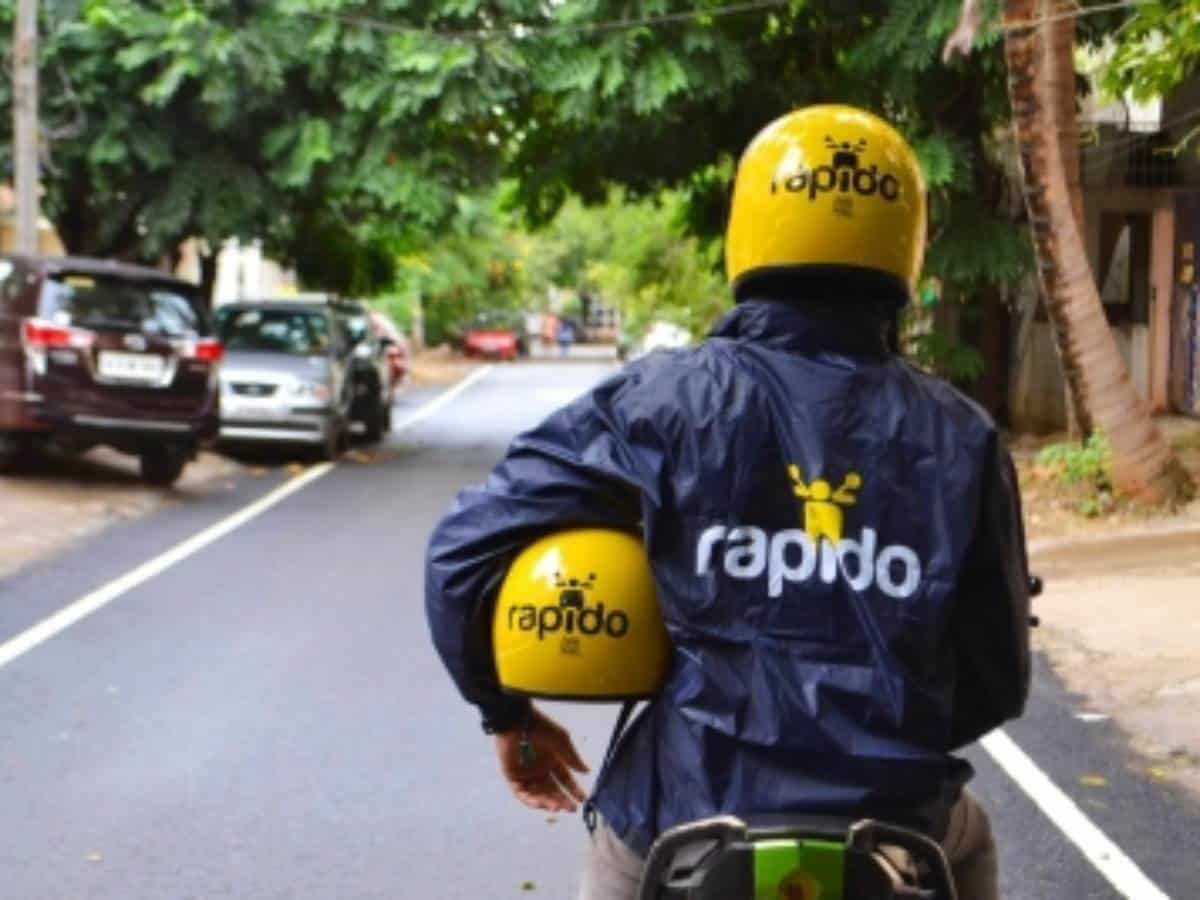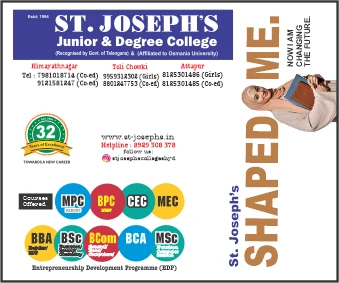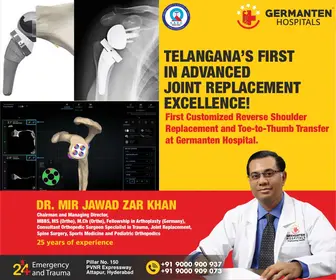
The centre announced Motor Vehicle Aggregator Guidelines (MVAG) 2025 on Tuesday, July 1, bringing much-awaited relief to app aggregators like Uber and Rapido who welcomed the legislation calling it a major step toward regulatory clarity, innovation, and expanded affordable mobility across the country.
Announced by the Ministry of Road Transport and Highways (MoRTH), the guidelines promise clarity for India’s shared mobility sector by officially permitting states to allow the use of non-transport (private) motorcycles for passenger rides through aggregator platforms.
This move brings relief to bike taxi operators like Rapido and Uber, who have long operated in a legal grey area, especially in states like Karnataka, where a recent ban on bike taxis had led to increased tensions and widespread protests.
Uber lauded the guidelines as a “forward-looking step toward fostering innovation and regulatory clarity.” “Timely adoption by states will be key to ensuring uniform implementation and building much-needed predictability for all stakeholders. We commend the Ministry for its consultative and balanced approach, and remain committed to working closely with governments at all levels to support effective and inclusive rollout of the framework,” an Uber spokesperson said.
Rapido specifically welcomed the operationalisation of Clause 23 of the MVAG 2025. This clause permits the aggregation of non-transport motorcycles for passenger journeys, a move Rapido described as a “milestone in India’s journey towards a Viksit Bharat”. “By recognising non-transport motorcycles as a means of shared mobility, the Government has opened the door to more affordable transportation options for millions, especially in underserved and hyperlocal areas…the move will also help address pressing challenges such as traffic congestion and vehicular pollution, while expanding the reach of last-mile connectivity and hyperlocal delivery services,” Rapido said in a statement.
Authorization of base fares, cancellation fees
The legislation has also allowed aggregators to charge up to twice the base fare, as against the 1.5 times earlier, during peak hours and not less than 50% during non-rush hours.
As per the new rules, cab companies can now charge a minimum of 50 per cent of the base fare during non-peak hours.
The base fare will be the amount notified by the respective state government for different types or classes of motor vehicles. States have been advised to adopt the new guidelines within the next three months.
The government has also clarified that the base fare should cover a minimum distance of 3 kilometres. This is to compensate for the ‘dead mileage’ — the distance and fuel used by the driver to reach the passenger’s pickup point.
However, passengers will not be charged separately for dead mileage unless the total ride distance is less than 3 km. In all other cases, the fare will be calculated only from the pickup location to the drop-off point.
The guidelines ensure that drivers are paid fairly. For drivers who own their vehicles and are onboarded by aggregators, they must receive at least 80 per cent of the total fare collected. The aggregator can keep the remaining amount.
The payment to drivers can be settled daily, weekly, or fortnightly based on their agreement with the company. In cases where the vehicle is owned by the aggregator but operated by a driver, the driver must get at least 60 per cent of the fare collected, while the aggregator can retain the rest.
The government has also set new rules for cancellations. If a driver cancels a ride after accepting it without a valid reason, a penalty of 10 per cent of the fare — up to a maximum of Rs 100 — will be charged. The same rule applies to passengers who cancel a ride without a valid reason.
(With agency inputs)



